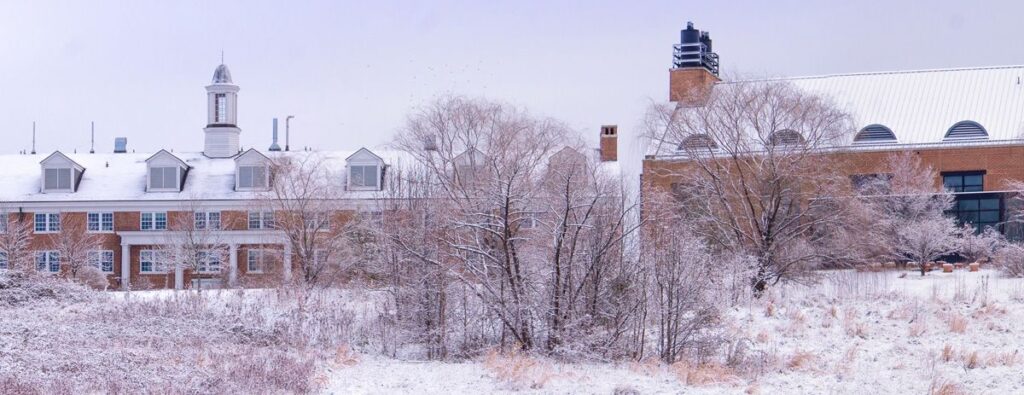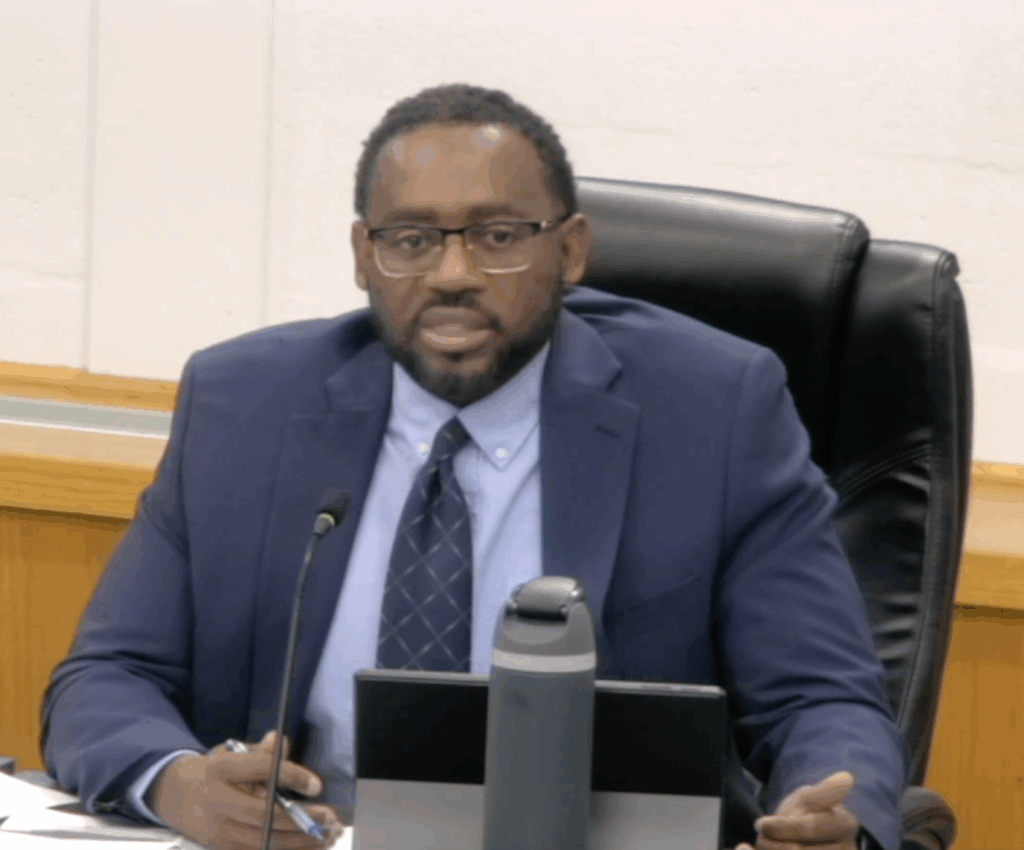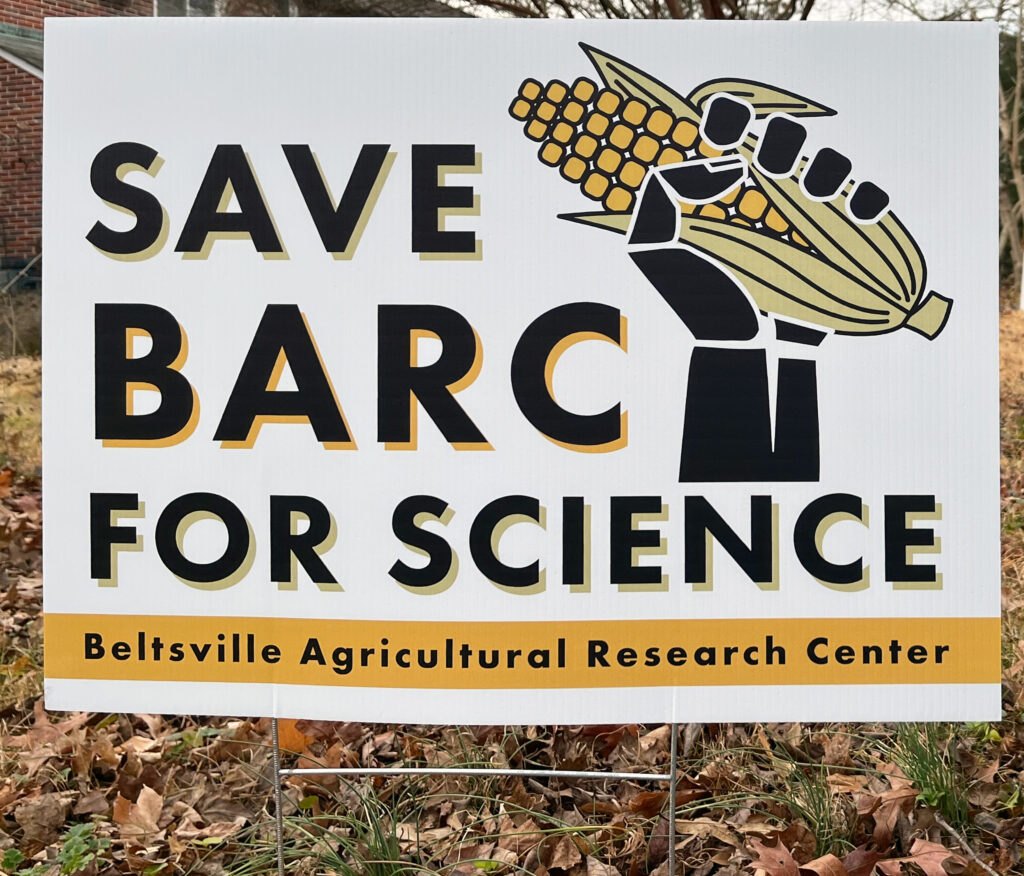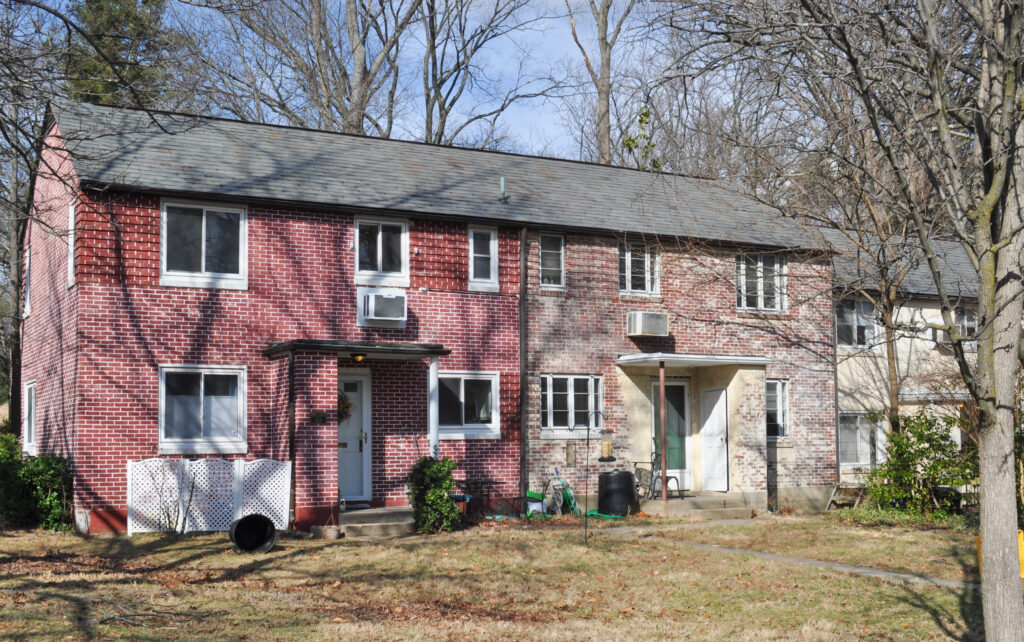Rollout of Covid-19 vaccinations by Safeway (including the Greenbelt store) and Rite Aid pharmacies was promised on February 1 by the Maryland state Covid-19 website. But just after midnight on January 31, one insomniac reporter found that the sign-on site showed no appointments available. And at 4 a.m. and 6 a.m. and 9 a.m. and ever onward it remained without options within 50 miles or anywhere. Tantalizingly, around 8 a.m. February 1, a sign of life appeared for a few seconds, making it seem that there was hope for an appointment on February 4, which blazed green and available. Within seconds, alas, it disappeared – perhaps a trial run and a pulled plug. But with thousands of other vaccine seekers eagerly awaiting access, it is also possible that the site was instantly swamped.
As of Tuesday afternoon, the state website still promises February 1 access to Safeway and Rite Aid and indeed, there is now a link to take you to the Greenbelt Safeway site – but best of luck securing an appointment. It’s impossible to tell if there have ever been any – or if, alternatively, there were appointments but all are booked. And no way to register and get in an orderly line.
Still Behind
Though Prince George’s County is gradually increasing doses delivered, it’s nowhere near enough to catch up with neighboring jurisdictions. The county (on Tuesday morning, February 2) showed on the state’s by-county listing at 3.6 percent of its population (~30,000) having received first doses – better than the previous week by several thousand, but still the lowest percentage of any county in the state. Its nearest rival for that dubious distinction is Charles County a little further south, which, with about 8,500 first vaccinations, is at about 5.2 percent of population.
Other urban jurisdictions vary from 6.6 percent for third-lowest overall Montgomery County (~70K first doses) which, even so, is doing more than twice as well as Prince George’s and much like the other urban areas – for example 6.8 percent in Baltimore City, which leads the urban rankings.
Rural counties continue to vaccinate much larger population fractions, with the lead going to Talbot County with over 12 percent vaccinated – or about 4,800 shots given to its 37 thousand residents. Were Prince George’s to be vaccinating at the same rate as Talbot, Prince Georgians would have received about 120,000 first shots.
Why Such Disparities?
Vaccination materials are presumably available to counties in proportion to population – though if a county isn’t distributing all its allotted share, then perhaps it is use it or lose it. Every county website warns that vaccine is in short supply as though this was the primary limiting factor, but if supply is in proportion to population and if effectively distributed, all counties would have vaccinated similar percentages. Instead, a factor of over three difference in percentage vaccinated indicates that the logistics of rolling out the vaccine are also likely problematic.
What’s the problem?
The differences in vaccination levels may be caused by multiple factors and present not only in Maryland but nationally. Certainly, rehearsals and data-gathering that might have eliminated choke points weren’t done prior to rollout, despite months of opportunity. It is also a classic engineering scenario that solutions that work on a smaller scale – like delivering normal vaccinations over time – will fail when simply scaled up in size because system complexity can increase many times faster than size. What works for a rural community of 10K in normal times, when scaled up to serve 100K in a pandemic, may actually become 100 times more complicated.
Seeking Vaccine
To get vaccinated, seekers must sign up to every show in town. Call all the Walmarts on the Eastern Shore individually, sign up on store and hospital websites everywhere. This makes huge numbers of duplications and much extra work to actually schedule recipients. For example, Walmart accepts phone registrations. They then call the registrant back, likely many days later, to schedule an appointment. But by then, maybe half have already been scheduled elsewhere – even maybe at another Walmart store – so half or more of all the callbacks are fruitless.
As it is, some lucky ducks already have their first and even second shots – while others in the same category have no idea if they’ll ever get one despite being signed up everywhere from Gaithersburg to Gambrills and Easton to Emmitsburg.




